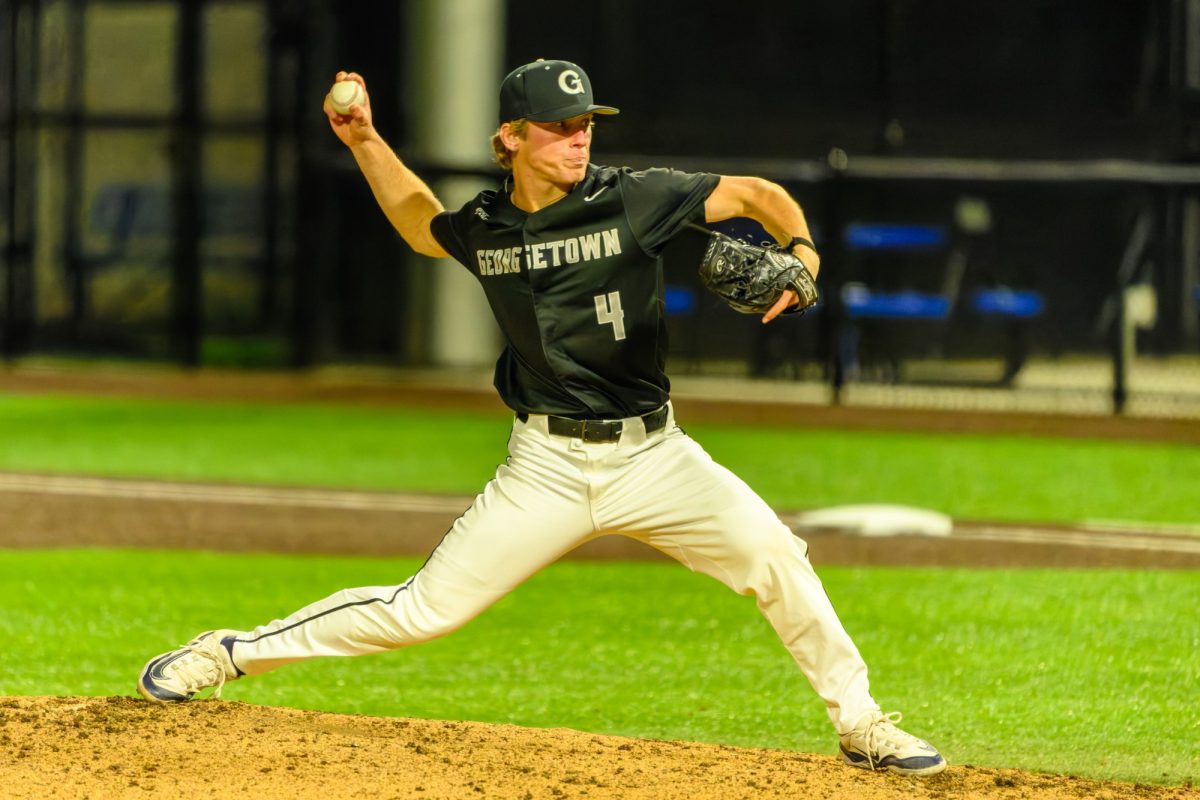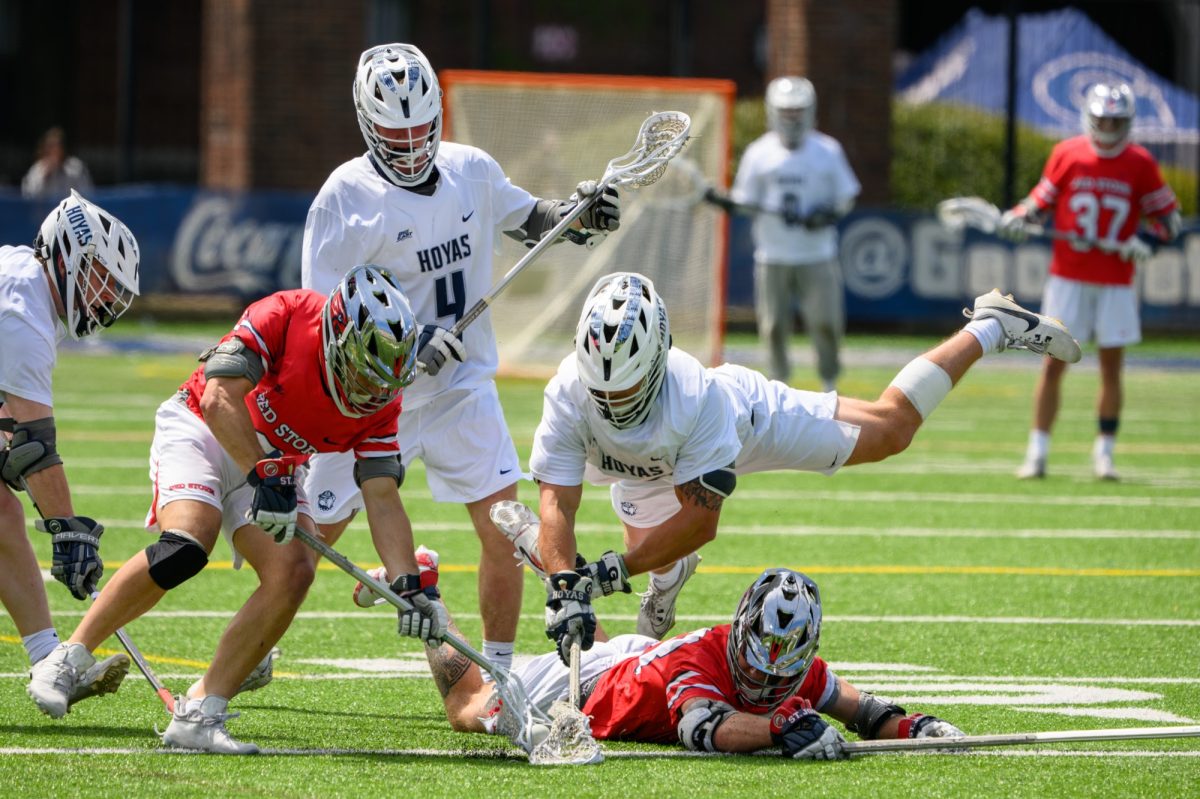Released last year, the film “Concussion” chronicles the story of Bennet Omalu, the man who discovered chronic traumatic encephalopathy, a progressive brain disease, and linked it to playing football. The film brought a decades-long battle about the health risks of America’s favorite sport to the mainstream stage and began a media frenzy over the future of one of America’s most powerful corporations.
The controversy has tarnished the game in many ways. In April, a settlement was approved for a class action lawsuit in which over 20,000 retired NFL players demanded reparations from the NFL for injuries acquired during their careers within the organization. Poll after poll has been released illustrating parents’ hesitation to allow their kids to play Pop Warner. Some journalists have gone so far as to inquire whether the concussion debacle would effectively end the NFL.
This story is still ongoing: the discovery of CTE and subsequent brain injuries due to NFL playing time are making waves in a seemingly unrelated area that otherwise may not have surfaced until recently. That area is Major League Baseball.
The NFL’s concussions have two major effects on the MLB: new base running rules and the type of player making it to the big leagues.
Baseball is not a contact sport – except, perhaps, on the base paths. For generations, little leaguers around the country were taught to lead with their spikes when sliding into second base in an attempt to trip the second baseman and/or shortstop in order to break up a double play. They were taught that, if they shouldered the catcher hard enough at home plate, they might be able to knock the ball out of his hand to be called safe at home.
Those days of violent, steamroller-like base running are officially over. In 2014, the MLB implemented a rule preventing violent linebacker-esque plays at the plate. Just this year, following the famous Chase Utley slide in which Utley and Mets shortstop Ruben Tejada resembled a barreling bowling ball and unfortunate bowling pin, respectively, the MLB decided to ban maliciously intended slides altogether.
These slides rarely happened on a daily basis. But they were, until the last couple seasons, an integral strategy in base running that had been taught for generations. This season, players are working to adapt to these new rules put in place to ensure player safety.And the timeliness of these rules, both born around the height of the concussion scandal, strongly suggests that the MLB wants no part of claims that its sport causes chronic injury to players in any way.
The NFL concussion rule is changing more than just base running; however, it is changing the essence of the base runners themselves.
The evidence that American parents are wary of allowing their children to play tackle football is profound. A youth sports organization, i9 Sports, surveyed 537 parents of young football players in July and found that 100 percent were “affected in some way by concussions.” A poll by the University of Massachusetts Lowell center for public opinion divulged that 78 percent of their participants believe tackle football is unacceptable for participants under the age of 14.
Thus, the slow trickle of a new kind of baseball player emerges in the big leagues. The kind of player recruited to play football in college but who choses baseball instead. The kind of player built more like a tight end than an outfielder. The kind of player named Aaron Judge, the rookie outfielder that New York Yankee fans have watched tower over infielders as he loped around the bases during the homer he hit in his first Major League at bat on August 13, just three short weeks ago.
It would be unfair to assume definitively that Judge chose to play baseball despite his hulking football prowess because of the concussion scandal. However, it is clear that Judge joins the likes of a rare breed of baseball player, like Dave Winfield or Mike Trout, that will undoubtedly be more common in the near future.
The concussion scandal might drive young football players into baseball just as the pace, glamour and excitement of football drove young baseball players to pursue the NFL in the past. And that brute strength could improve the pace of the game, the average scores and the overall athletic reputation of Major Leaguers for years to come.
The game of football is changing — but everyone knew that already. What is becoming apparent is that the game of football is also changing baseball.
 Amanda Christovich is a sophomore in the College. The Analyst appears every Friday.
Amanda Christovich is a sophomore in the College. The Analyst appears every Friday.














